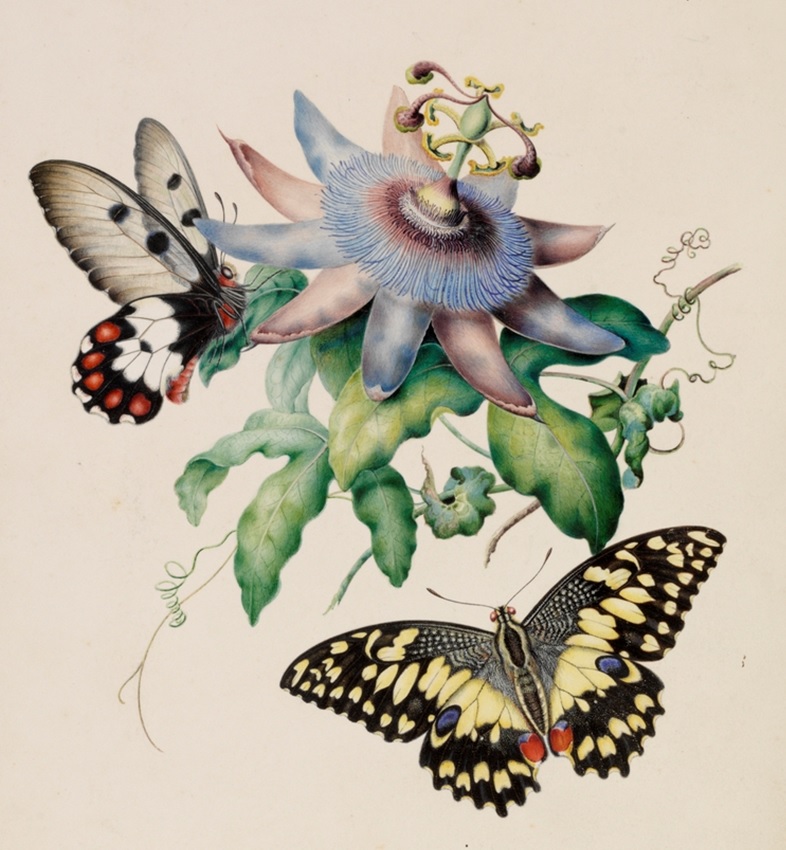
MNCN Colecciones
@mncn_col
Las colecciones del @mncn_csic nos ayudan a entender la historia de la Tierra y la diversidad de la vida.
ID: 3301606077
http://www.mncn.csic.es/ 28-05-2015 12:09:57
7,7K Tweet
2,2K Takipçi
599 Takip Edilen

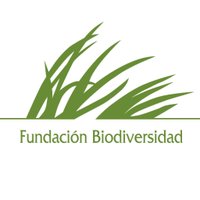



¡Ya está aquí NaturalMente 45! En esta ocasión os contamos como abordan la exploración oceánica en el Instituto Español de Oceanografía y curiosidades de las planarias, la esponja "Regadera de Filipinas" o el proyecto 1000 especies del océano profundo. ¡¡A leer!! revista.mncn.csic.es/nm45/
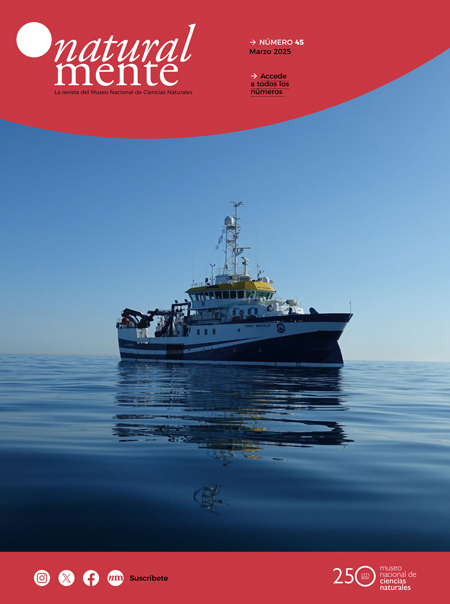
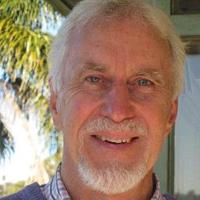


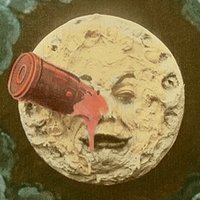



150 years ago H.M.S. Challenger discovered the Mariana Trench. The deepest known point of Earth, located at the southern end of the Trench, is now named Challenger Deep. #OceansMW #WorldOceansDay NHM Micropalaeo Taylor & Francis Research Insights #MuseumWeek






















